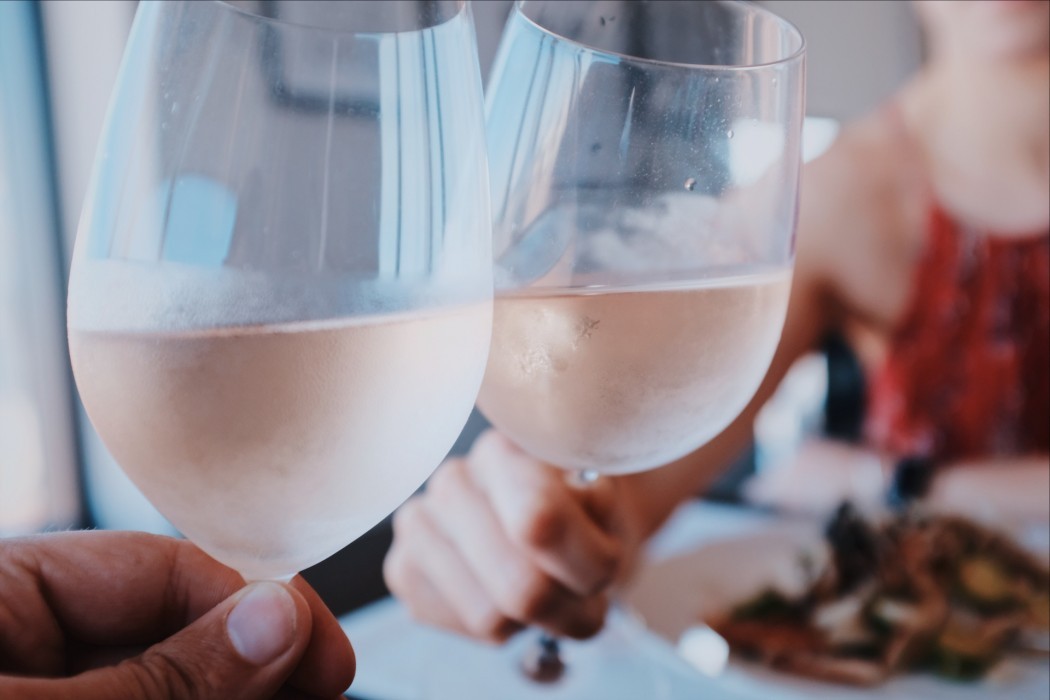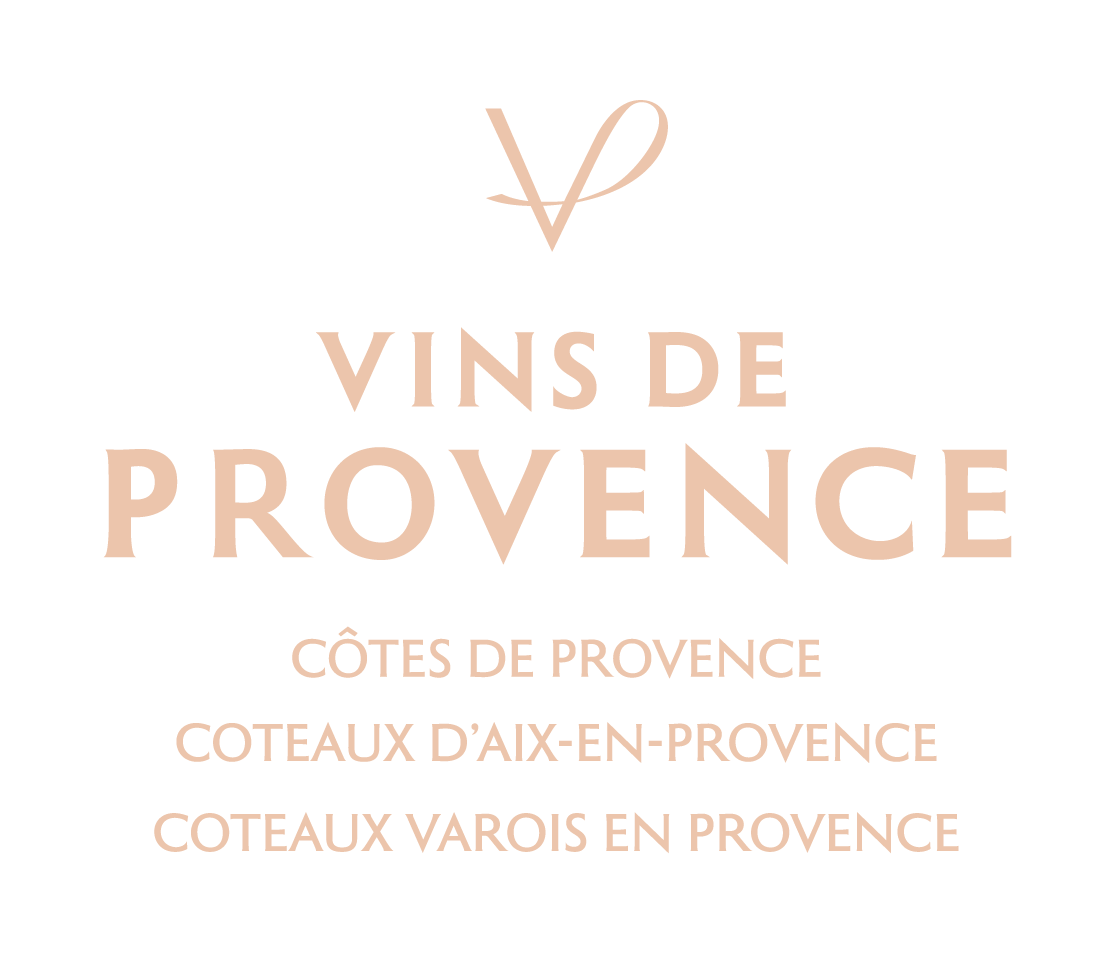Buying Pale Rosé
Why Has This Color Captured the Imagination of the US Wine Consumer?
Whatever the shade of pink, US consumers are drinking rosé and drinking lots of it. According to Wine Intelligence, 37% of the US adult population drinks rosé wine today compared with 24% in 2007. In the 21 to 24 year-old age category, rosé wine is considered “trendy” and worth a “risk” by 26% of consumers. The excitement can be multiplied by considering that 70% of rosé wine drinkers and 65% of blush wine drinkers “enjoy trying new and exciting styles of wine on a regular basis, significantly more than all US regular wine drinkers.” The world is looking pretty ros(é)-y!
As those young folks say, “Yes way, rosé!” But actually, in the USA, it depends. There is a deep divide based on rosé hue. At one end of the spectrum, there is pale rosé that tends to be dry. At the other lies the electric, neon pink color of White Zinfandel and its fellow blush styles, which contain generous sweetness. Many style are caught in the middle, especially dry but deeply colored rosés made from warmer climate grapes with deeper natural pigment. While color does not necessarily indicate dryness, the consumer’s mind has certainly made this association, at least in the USA.

For certain, the rosé shame brought on by the success of sugary White Zinfandel in the 1970s and 1980s has faded with the stratospheric rise of dry, pale rosé. A Wine Intelligence 2017 report shows that rosé is the 6th most-consumed alcoholic beverage with blush trailing in the 14th rank.
The disdain for pink in general has melted into the ether for three reasons:
1. There is less of a stigma about any wine preference today. US consumers feel more liberated than. For example, Wine Intelligence reports that most people in their survey that drink rosé or blush haven’t changed their positioning much. They know what they are drinking, and they like it.
2. There are many more styles of rosé (and of all alcoholic beverages for that matter) on the US market today.
3. Education on wine in general, including rosé styles - from dry to sweet in their grand array of colors, is on the rise.
It is fascinating that pale color in rosé has become such a focus for dry rosé consumers when, overall, US consumers seem less concerned than ever about wine colors and visuals. For example, no longer must a red wine be opaque with “tears” or “legs” clinging to the sides of a glass. Nonetheless, consumers have latched onto pale rosé, and there is no doubt that the classically dry style of Provence rosés has played a part in leading the market.
By the way, this is not by happenstance. The creation of the Centre de Recherche et d’Expérimentation sur le Vin Rosé (Rosé Research Center) - the world’s first and only research institute dedicated exclusively to rosé wine - in 1999 gave Provence a guiding light in all things rosé - from viticulture to vinification and aging.
Twenty years later, Provence rosés are iconic. Provence rosés are not just about drinking pink. They are about drinking pink while living well. This means drinking higher quality rosés in the right places (ideally in the Mediterranean, the Hamptons or wherever anyone creates a moment from Provence or some other beautiful, see-and-be-seen place…preferably logged on Instagram) at the best tables. There’s an indelible link to the French Provencal lifestyle – the simple pleasure of enjoying wine with the people who mean the most to you. Moreover, many Provence wine bottlings are specialized, coming in shapes so distinctive that the wines can be identified by the bottle shape alone.
The dry and pale rosé phenomenon
There are arguably three major pushes that have led to the dry and pale rosé phenomenon.
First, pale Provence rosé wines have become increasingly trendy in the US over the last decade and a half as well-heeled people traveling to the Provence region of France have brought this lifestyle element back home. (By the way, even within France, Provence rosés are strikingly paler than many other regions. France produces a wide array of wines that vary great in pink hues.) But, they aren’t the only ones to embrace pale rosé.
Second, the Millennials also have played a role, between their open-mindedness and their access to information across many mobile and online forums. Also, it doesn’t hurt that US Millennials never witnessed the White Zin mania that turned palates aplenty sour toward rosé - especially blush styles - for decades.
Last and hardly least, there is a strong male component to the pale, dry rosé trend. In the 2018 Wine Intelligence Report, young, regular rosé drinkers skew male. (Brosé!) This is in contrast to sweeter pink wine styles, which have traditionally been considered feminine and thought to appeal more to women.
All of the people drinking pale rosé also have encouraged its consumption in what is likely an unintentional way: they are drinking rosé now. They aren’t wondering if their rosé wine should be aged. This is in stark contrast to red wines as well as to more expensive white wines. Consumers generally are right to drink up pale rosé. Even amongst rosé sparkling wines with their higher acidities and bubbles that can extend those wines’ longevities, rosé is usually the least age-worthy style. Granted, a wine doesn’t have to be age-worthy to be high quality within its style spectrum, and there are rosés that age attractively. However, even rosé winemakers tend not to wait to drink their rosé production.
All of these factors aggregate to a frenzy over pale rosé to the extent that between the enthusiasm for the style and the lower harvest yields in France in 2017, stocks of Provence rosés at the beginning of 2019 are at a five year average low, down 11%. After all, it isn’t just the US drinking pale rosé. Exports are soaring in value across the globe, even while France continues to be the largest consumer of all, representing 36% of global rosé consumption at 16.1 liters (or 21 bottles) per person annually for citizens over 15 years old!
